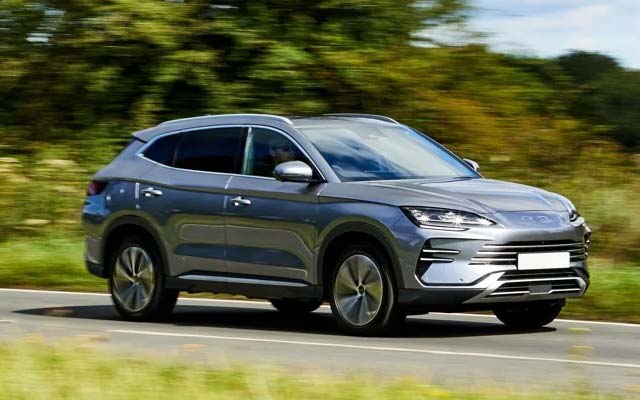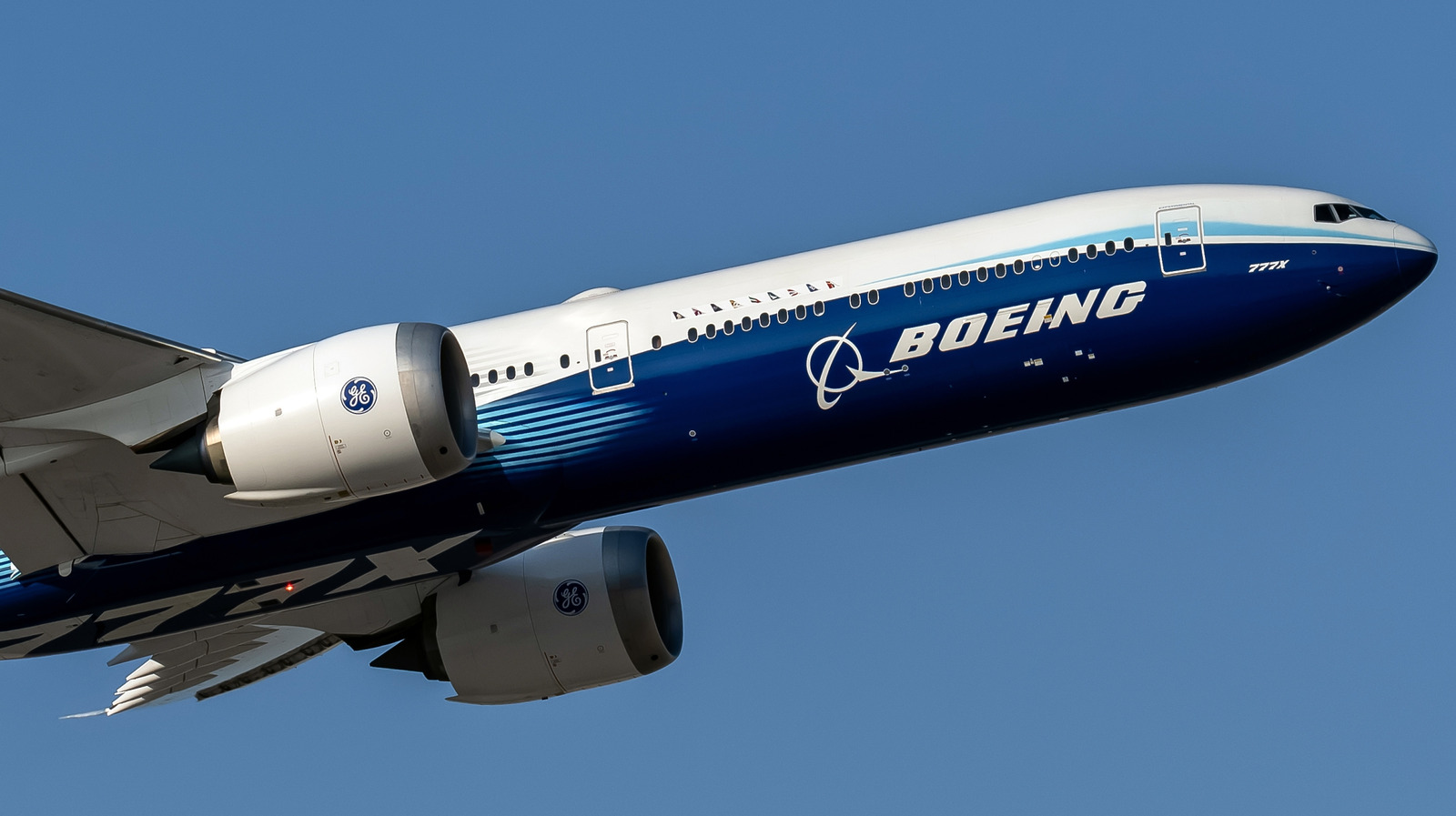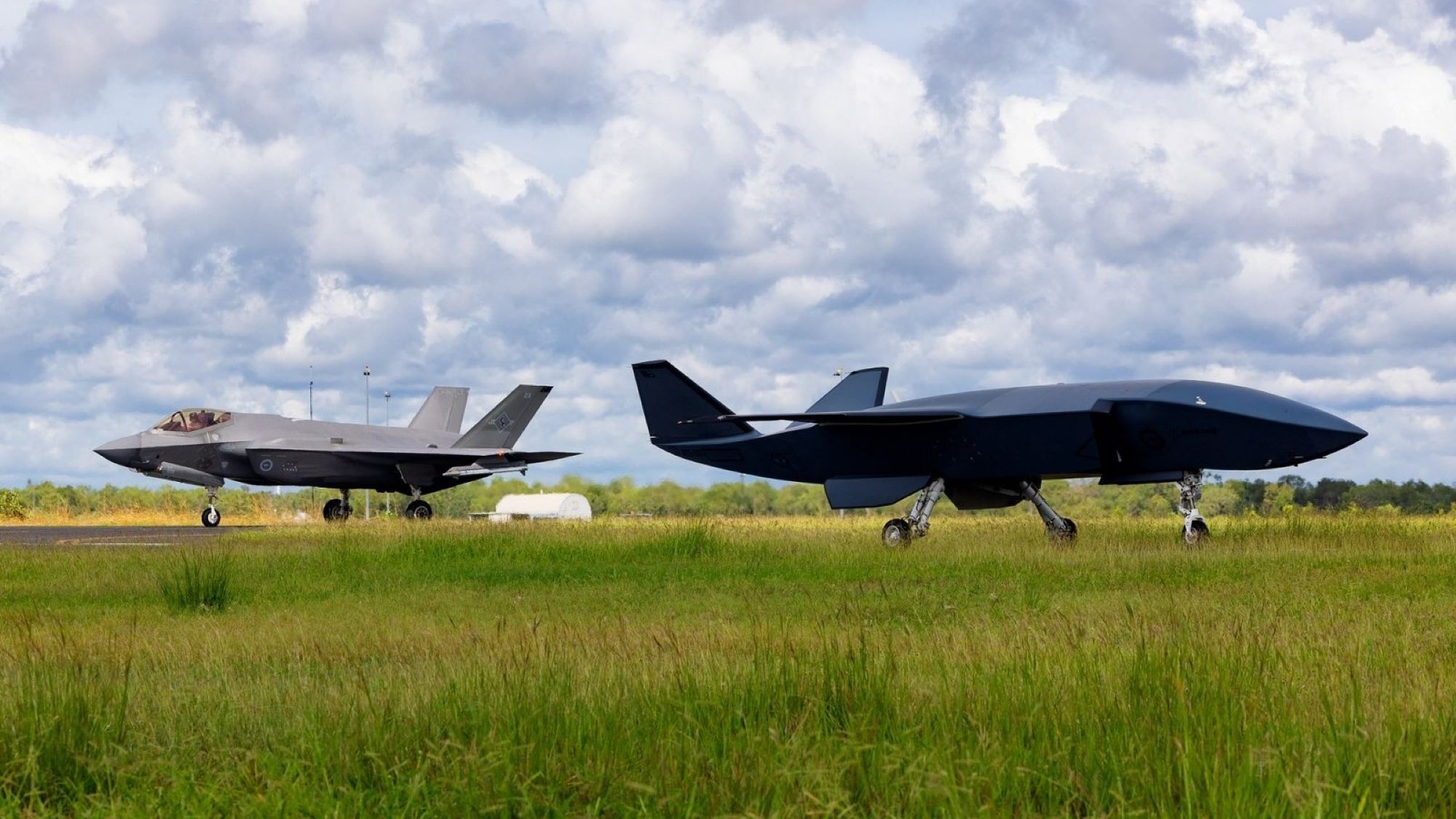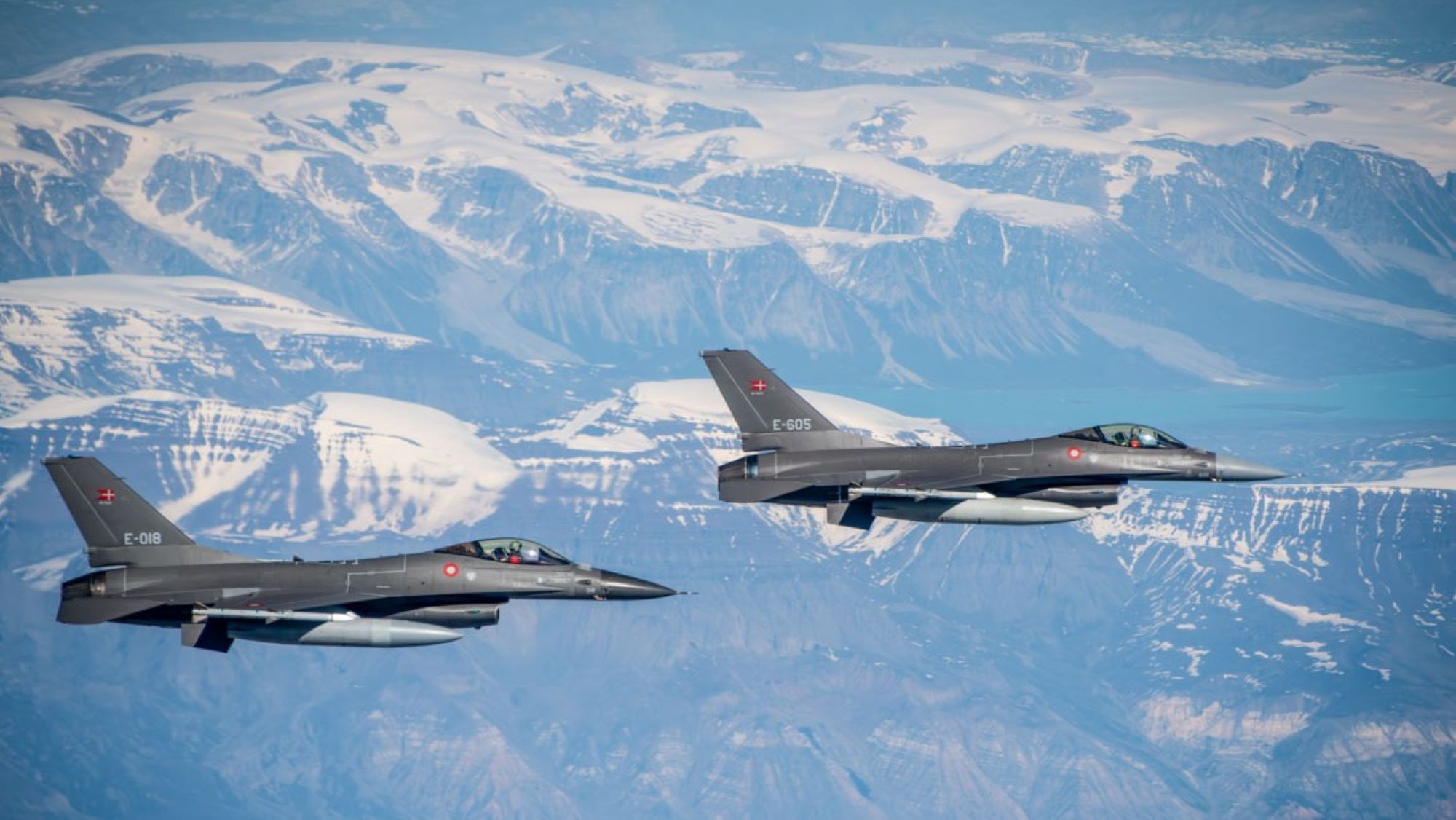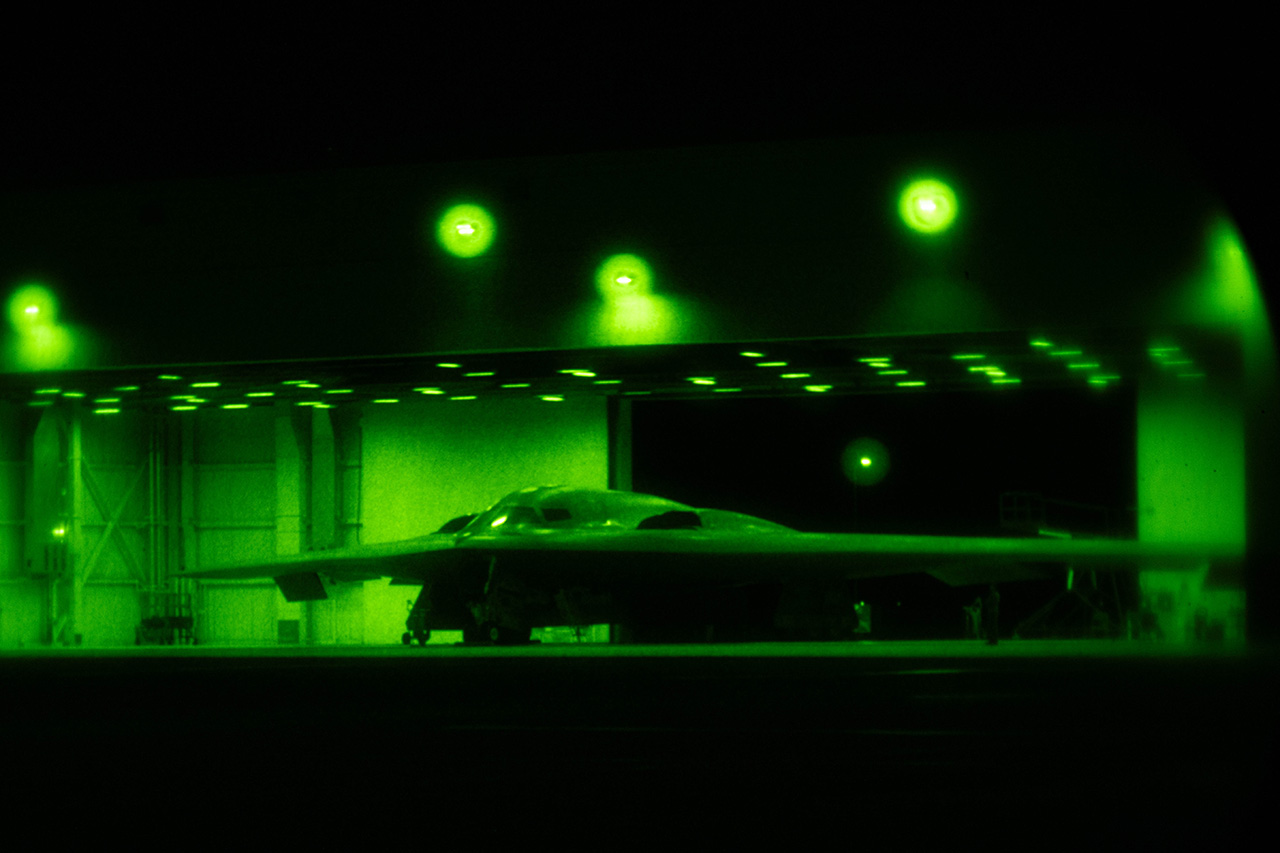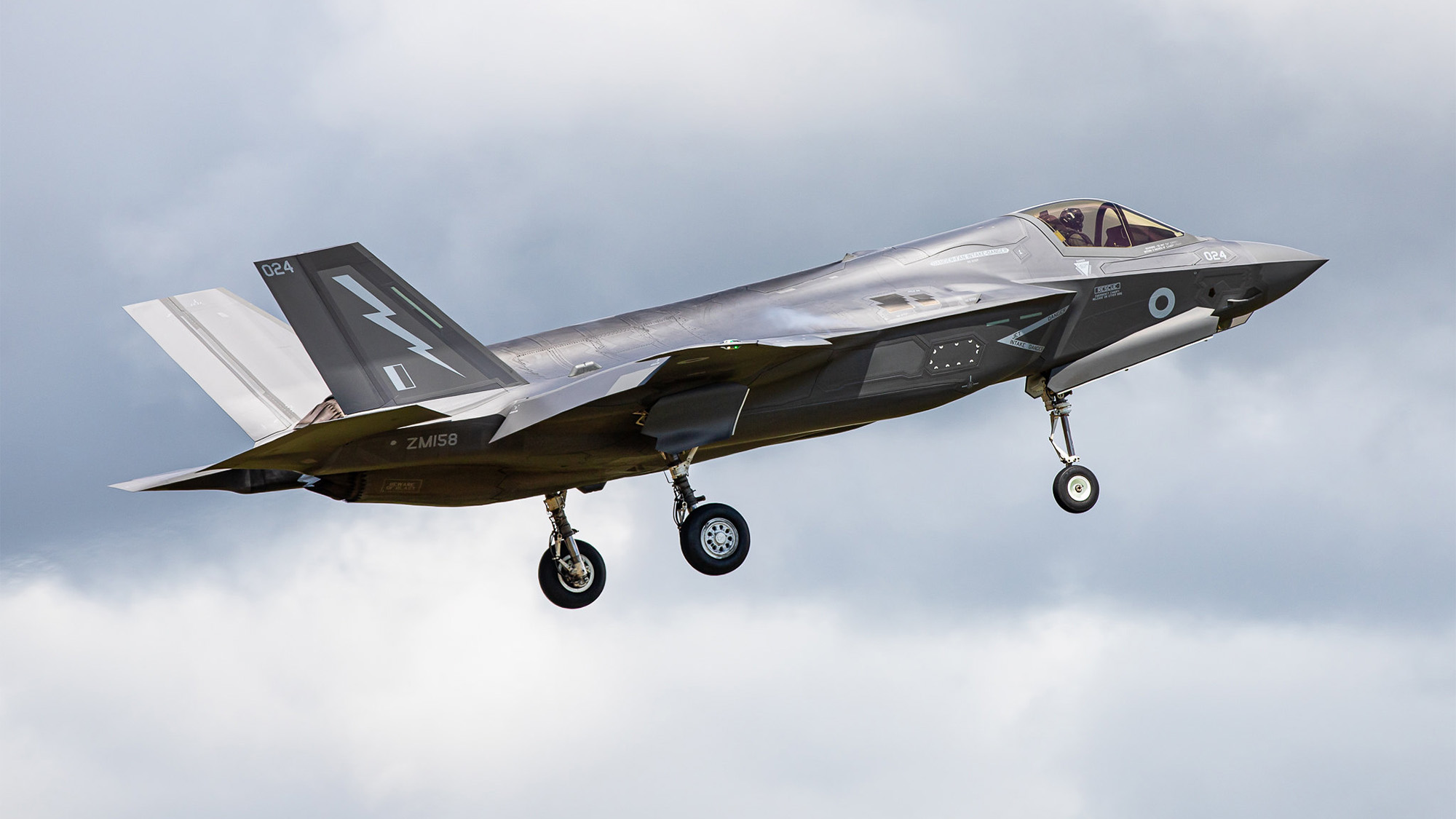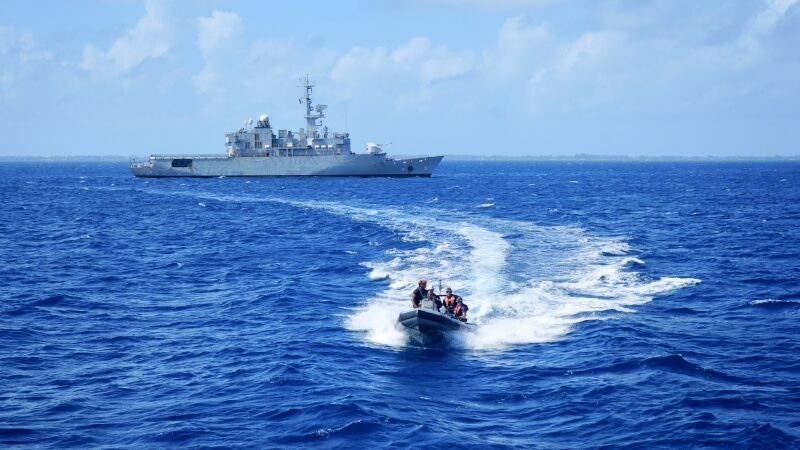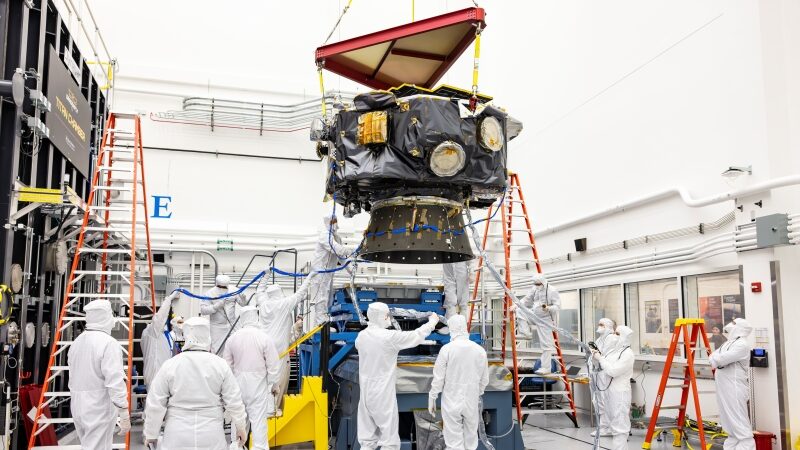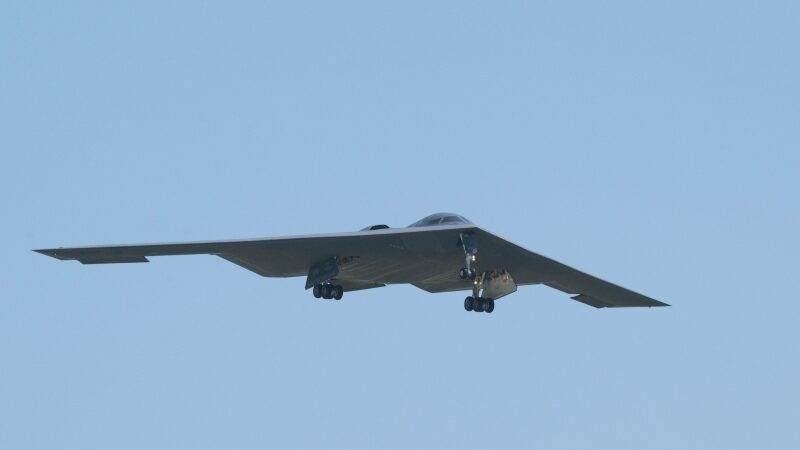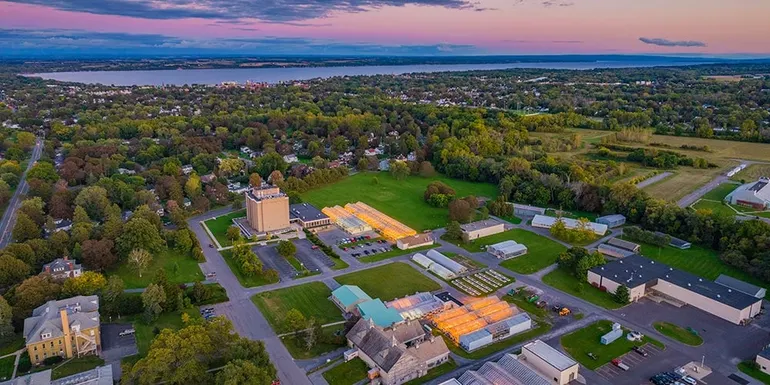Army unveils plans to acquire two different sizes of autonomous launchers
The heavy variant would be based on a Palletized Loading System and fire either Tomahawk or PAC-3 missiles, while the medium-class launcher would use an FMTV to fire Multiple Launch Rocket System munitions or AIM-9X interceptors.


The US Army Combat Capabilities Development Command Aviation & Missile Center and Ground Vehicle Systems Center’s combined Autonomous Multi-domain Launcher team conducted a live fire of a Reduced Range Practice Rocket fired from the AML at Yuma Proving Ground. (US Army photo)
WASHINGTON — The US Army is interested in acquiring two new autonomous platforms under a new initiative it’s calling the Common Autonomous Multi-Domain Launcher (CAML).
In a “request for solutions brief” posted today, the service announced that its Rapid Capabilities and Critical Technologies Office is leading the charge to find two separate CAML variants — a heavy and a medium — on a “rapid timeline.”
“CAML is an autonomous/optionally crewed, highly mobile, air transportable, cross domain fires launcher with the potential to augment or replace existing Army launchers,” the service said.
“CAML reduces emplacement and displacement times, provides improved crew survivability, adds cross-country mobility, increases overall effectiveness, and allows commanders to weight the force appropriately during both offensive and defensive operations,” the Army later added.
For the CAML-H variant, the Army wants to integrate a launcher onto a M1075 Palletized Loading System tactical vehicle — or similar 15-ton class chassis — that can then fire the Tomahawk Land Attack Missile or the Patriot Advanced Capabilities Three (PAC-3) Missile Segment Enhancement interceptor. However, the service did not specify how many rounds each launcher should be able to hold.
“The CAML-H variant will be an Autonomous Self Resupplying System capable of autonomously reloading cannisters of missiles onto the CAML-H with minimal to no human intervention,” the Army added.
As for the smaller, CAML-M variant, the service is interested in using a Family of Medium Tactical Vehicle (FMTV) as the base to launch Multiple Launch Rocket System (MLRS) Family of Munitions or the new Indirect Fire Protection Capability (IFPC) with AIM-9X interceptors.
“The CAML-M will be supported by an Autonomous Resupply Vehicle (ARV) capable of autonomously reloading pods/cannisters of missiles onto the CAML-M with minimal to no human intervention,” the service explained.
For now, the Army is open to selecting different vendors for each project, and envisions picking one company or team to rapidly prototype the CAML-M combo — to include an IFPC launcher, a separate one for the MLRS rounds and the ARV. Prototype evaluations are expected to take place between 18 and 36 months after the contract is awarded.
Then for CAML-H, the service is eyeing to asses four Tomahawk prototypes within 18 months and one PAC-3 configuration in 24 months of award.
Movement on the new CAML program comes at a time when the Army has been internally developing the Autonomous Multi-domain Launcher — an uncrewed M142 High Mobility Artillery Rocket System — while also looking at industry offerings, including one from Lockheed Martin under development and another from a Raytheon-led industry team dubbed DeepStrike.
In February, then Long-Range Precision Fires Cross Functional Team leader Brig. Gen. Rory Crooks told Breaking Defense the service would likely have to look to industry for a tenable solution. The Army, he added, was inking an abbreviated capability development document that essentially validates the need for a capability and could lead to a competitive rapid prototyping competition.
“I don’t see DEVCOM [Army’s Combat Capabilities Development Command] as being the way to introduce larger numbers into formations in the near future: That will be how we leverage industry,” Crooks said. “But it starts with refining that requirement, which we’re in the process of [doing].”

























